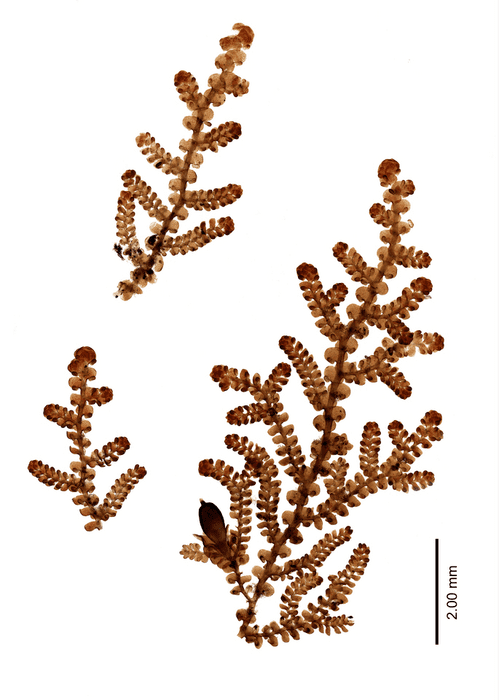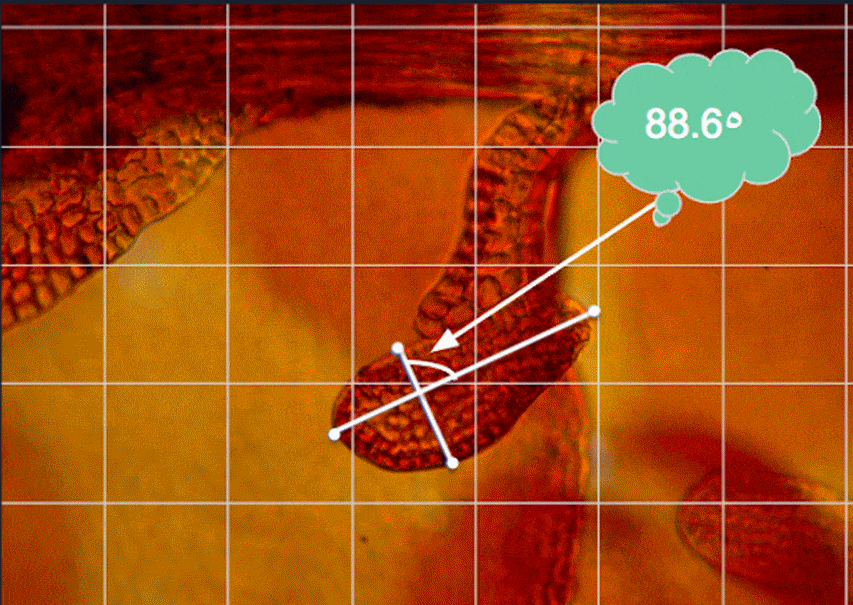For every scientific breakthrough, for every ‘Aha!’ moment when things fall into place, there’s a lot of unseen work behind the scenes. The unglamorous and time-consuming process of carefully collating data and sifting through often un-ending bits and pieces of information takes up the bulk of scientific work. Nowadays, in many fields, there’s even too much data for researchers to humanly analyze.
But there could be a way to help ease this burden, with help from volunteer scientists.
Researchers are increasingly looking at ways for volunteer scientists (also called community scientists or citizen scientists) to help them sift through data. NASA alone has 30 citizen science projects, and in many parts of the world, projects in different scientific fields are constantly ongoing. But for researchers, the question is can the data coming from amateur scientists be trusted? According to a new study, the answer is yes.

In a new study, researchers describe the collaboration between high school students, undergrads, grad students, and professional scientists. The collaboration involved an exhibition at the Field Museum, a natural history museum in Chicago, Illinois. In the museum, visitors could partake in a community science project.
In the science activity, museumgoers used a large digital touchscreen to measure the microscopic leaves photographs of plants called liverworts. Liverworts are plants that like mosses, lack a vascular system and require wet or moist places to survive. The small plants are useful for climate scientists, but in order to draw insights into how climate is affecting liverworts in an area, you first need to tell what liverwort species you’re looking at. In order to do that, you have to look at the size and shape of their “leaves” (technically called lobes, because liverworts evolved before leaves existed). It’s a fairly straightforward process, but it’s monotonous and can become very tiring, especially if you do it for hours and hours on end. But this is where the community researchers come in.
“Drawing a fine line to measure the lobe of a liverwort for a few hours can be mentally strenuous, so it’s great to have community scientists take a few minutes out of their day using fresh eyes to help measure a plant leaf. A few community scientists who’ve helped with classifying acknowledged how exciting it is knowing they are playing a helping hand in scientific discovery,” says Heaven Wade, a research assistant at the Field Museum who began working on the MicroPlants project as an undergraduate intern.

For two years, the screen was in place at the museum and museumgoers used the platform to measure thousands of microscopic liverwort lobes. Now, researchers analyzed the data, having experts conduct the same measurements that community scientists did. The results were remarkably good.
“It was surprising how all age groups from young children, families, youth, and adults were able to generate high-quality taxonomic data sets, making observations and preparing measurements, and at the same time empowering community scientists through authentic contributions to science,” says Matt von Konrat, an author of the paper in the journal Research Ideas and Outcomes and the head of plant collections at Chicago’s Field Museum.
Some of the measurements were useless (from people just playing with the screen), but once those were weeded out, the higher-quality measurements were quite useful. Some 60% of all community scientists’ measurements were high enough quality to be used in research. All age groups, including children and teenagers, produced useful samples.
“At the beginning, we needed to find a way to sort the high-quality measurements out from the rest. We didn’t know if there would be kids drawing pictures on the touchscreen instead of measuring leaves or if they’d be able to follow the tutorial as well as the adults did. We also needed to be able to automate a method to determine the accuracy of these higher-quality measurements,” says Melanie Pivarski, an associate professor of mathematics at Roosevelt University and the study’s lead author.
“We were amazed at how wonderfully children did at this task; it was counter to our initial expectations. The majority of measurements were high quality. This allowed my students to create an automated process that produced an accurate set of MicroPlant measurements from the larger dataset,” says Pivarski.

A project which involves the public, including high school interns and university students, can allow for the entire community to create scientific discoveries, the researchers write in the study. Given a sufficient number of community participants, a large number of high-quality measurements can be obtained, and the method can be automated and improved. In today’s world, where the amount of available data is staggering, and the human processing power is limited, this could be a key tool for biodiversity studies — and other types of community scientist projects as well.
“Biological collections are uniquely poised to inform the stewardship of life on Earth in a time of cataclysmic biodiversity loss, yet efforts to fully leverage collections are impeded by a lack of trained taxonomists. Crowd-sourced data collection projects like these have the potential to greatly accelerate biodiversity discovery and documentation from digital images of scientific specimens,” says von Konrat.
This isn’t useful just for the researchers, but also for the participants, as they get a chance to try their hand at an actual scientific measurement.
“In today’s society, K-12 students’ technological interests with platforms, such as digital making (Lewin and Charania 2018), can enhance students’ informal learning experiences.”
“Mathematics alumni reported that the process of developing and creating these automated data processors was educationally beneficial for them as they were able to apply their skill-set to internships and post-graduation jobs working with data. Students of some cohorts of both the Industrial Applications of Mathematics course and museum interns have continued to pursue graduate degrees.”
The study was published in the journal Rio.



